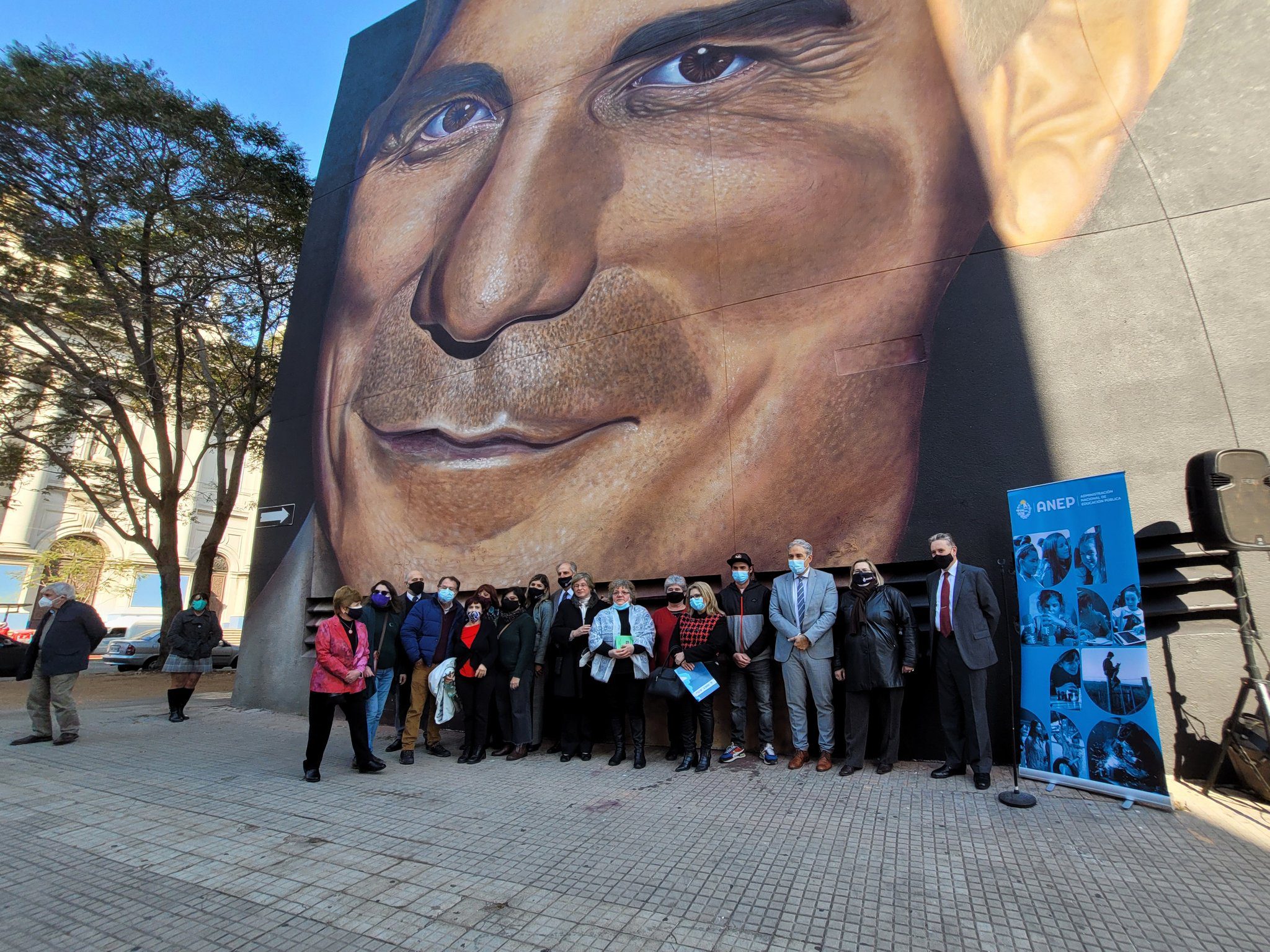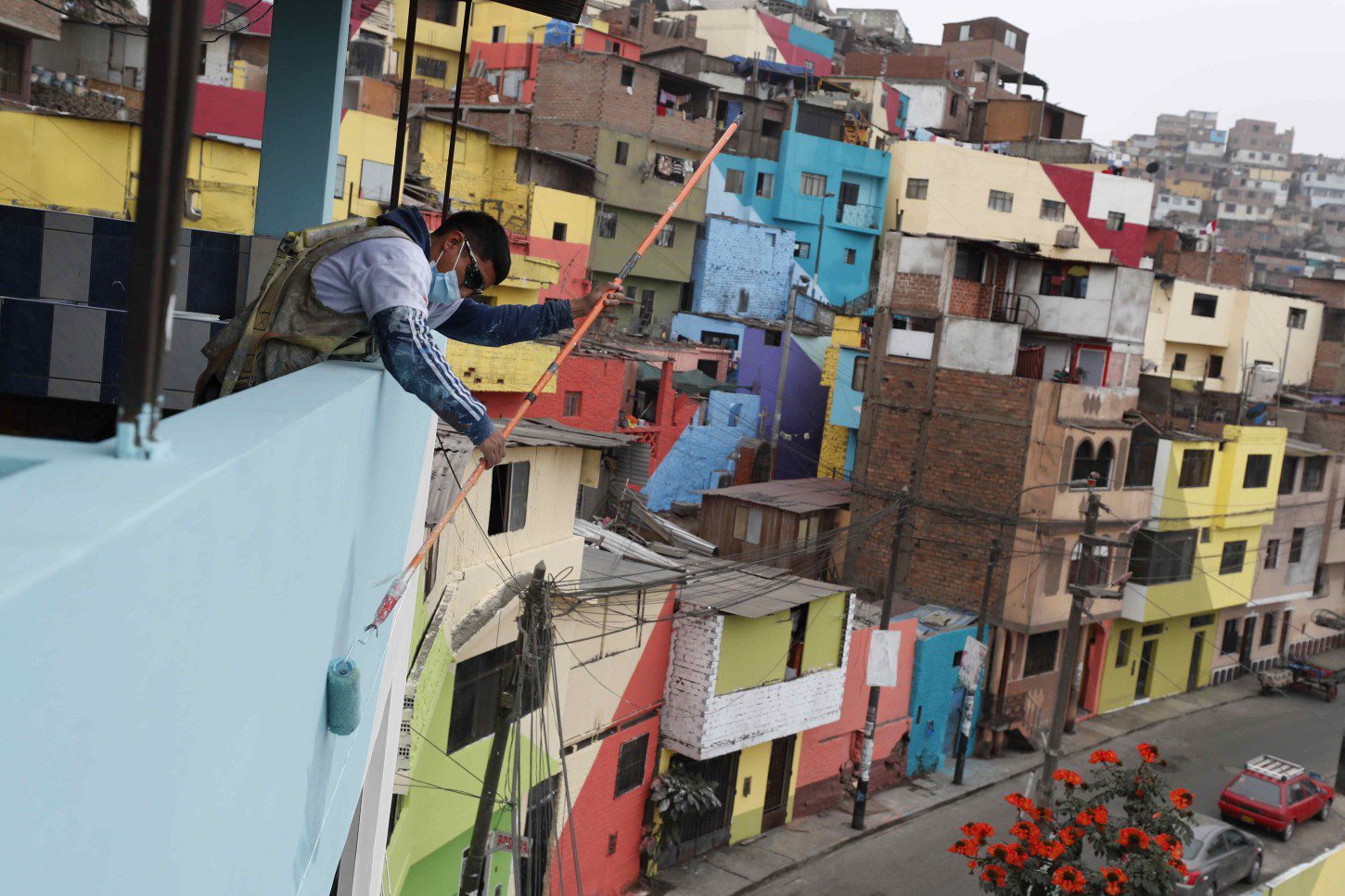Urban Art Program "Pinta San Luis" Receives Muralists and Graffiti Artists From All Corners of Argentina
A joint effort between the Government of the San Luis province and the Municipality of Villa Mercedes hosted artists from across Argentina for 4 days. After a difficult deliberation, entries by 30 artists were selected from among almost 90 with themes that included depictions of fauna, environmental awareness, and 3D painting.
The staff of the Design and Art Program “Pinta San Luis”, said that it was not an easy task because the level of the artists who presented was very high and it was difficult to make the decision to weed out proposals. Finally, they decided to opt for as many different artistic styles as possible after studying the portfolios of each artist and considering their experience. It’s worth noting that the beautification project of Pinta San Luis not only has an aesthetic purpose but also that of protecting buildings from humidity and other environmental factors, so this was also taken into account when choosing the type of painting that would be used.
San Luis, at the heart of Argentina, was be able to receive muralists and graffiti artists from all corners of the country, creating the perfect opportunity to enrich the lives of local inhabitants through exposure to art and the fresh colors artists brought to the city.
Street Artist José Gallino Responds After Controversy Regarding His Murals in Montevideo
After his work at the headquarters of the Artigas Professors Institute (IPA), where he made a mural of Antonio Grompone, street artist José Gallino was criticized by the History Institute of the Faculty of Architecture, Design, and Urbanism (FADU). “It is not a canvas” was the title of a statement issued on August 30 by the Institute, which questioned “a series of murals made in various party walls under the signature of Gallino.”
Gallino defended his work and stated that he preferred murals rather than all-gray buildings, or to have walls in poor condition, additionally, emphasized that he only painted in walls in which he had permission from the owners and was paid by them.
Despite his defense of street art, which he considers “fundamental in the country”, the muralist clarified that he also defends the protection of heritage buildings, so instead of criticizing his work, the focus should be aimed at restoring buildings in poor condition.
Given this, the FADU still maintains that, architecture is another form of expression that could end up overshadowed by so many murals, and makes us wonder about its road ahead in relation to street art. Additionally, the content of the murals was about faces of famous people from Uruguay, including politicians of diverse ideologies, something that could easily generate polemic since there are so many points of view.
Gallino clarified that he does not feel attacked by the Institute’s statement or by the controversy, but affirmed that before protesting, proposals should be presented and that an open mind is required to discuss this type of issue.
San Cristóbal Hill to be Turned Into a Gigantic Mural by Local Artists
San Cristóbal Hill, an emblematic attraction of Lima, will become a gigantic artistic mural of more than 300 thousand square meters thanks to the talent of local artists. This creation can be seen from different points of the capital and is an initiative supported by the Municipality of Lima and the artistic collectives Color Energía and Aporta.
The mural, as part of the commemoration of the Bicentennial, is currently underway with over 50 percent of the houses painted. Undertaken by a group of Peruvian muralists who are embellishing the facades of the houses in the vicinity, when completed the project is thought to be one of the largest murals in the world.
The mural project represents immense Chakanas that symbolize the connection of San Cristóbal Hill with the community focussed on collective growth and prosperity. It also is meant to draw attention to the cultural heritage and identity of the residents of the area and its purpose is to highlight the union through color.
In general, the project aims to help transform public perception based on the promotion of a sense of pride and belonging through the stories that the murals tell.


